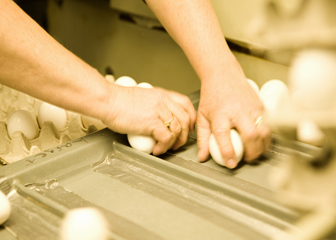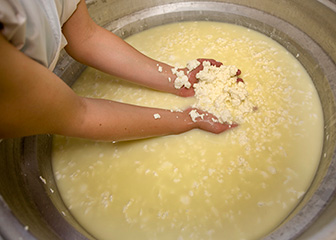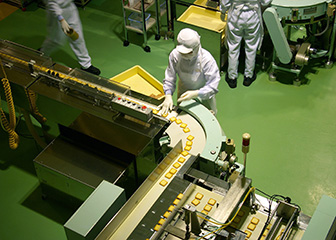How to Become a Food Processing Operator About this section

Most food processing operators learn on the job.
Most food processing operators have at least a high school degree. Because of the increasing complexity of the equipment, math and English skills may be required. Physical stamina is required, and some previous experience in manufacturing is preferred.
Work Experience
Employers may prefer or require some manufacturing experience. If a worker does not have experience in manufacturing, employers favor experience in some other physically demanding occupation such as construction.
A work record showing reliability, trustworthiness, and the ability to work well on a team is important. The more technical jobs in this category require workers to set up and calibrate machinery, and prospective workers need previous relevant experience and training if they do not hold an appropriate postsecondary qualification.
Education
Math and reading skills are important because workers may be required to take measurements for tracking and quality control. A high school education is preferred by most employers and required by many. However, almost a quarter of all workers in this occupation have less than a high school diploma or its equivalent.
General production workers, also called line workers, who do not calibrate or maintain equipment are not expected to have job-specific knowledge. They are trained on the job.
Workers who set up and calibrate equipment may need a degree or special training and experience. A small number of jobs in this occupation require a bachelor’s degree in science or engineering and may require an understanding of thermodynamics or engineering principles.
Training
Most food processing operators learn on the job and are not expected to know what to do before they start. On-the-job training may last only a few days or as long as 1 month. They also usually get periodic health and safety training to update their knowledge of rules or procedures.
Experienced workers show trainees how to properly use and care for tools and equipment.
Companies also usually train their employees for more advanced technical work because they tend to promote from within rather than hire new employees for advanced positions.
Advancement
Interested and achievement-oriented workers may be able to advance to positions that formulate new products or production techniques. This type of work would probably require a degree in engineering or a science, such as chemistry or biology. Workers may also advance to jobs in quality assurance or management.
Important Qualities
Concentration. Food processing operators should be able to focus on what they are doing so that they may avoid injury and wasted products.
Coordination. Food processing operators need good hand-eye coordination to prepare products safely and keep up with the assembly line.
Detail oriented. Food processing operators must be able to detect small changes in quality or quantity and closely follow health and safety standards. They carefully watch gauges, dials, or other indicators to ensure a machine is working properly.
Mechanical skills. Food processing operators need some knowledge of machines and tools to understand how they work, how to use them, and how to maintain and repair them.
Speed. Food processing operators must be able to keep up with the flow of the assembly line.
Stamina. Food processing operators must be able to stay on their feet and be physically active for long periods.
Teamwork. Food processing operators work with others to keep the assembly line running smoothly. They are often closely supported by technical and managerial staff.













